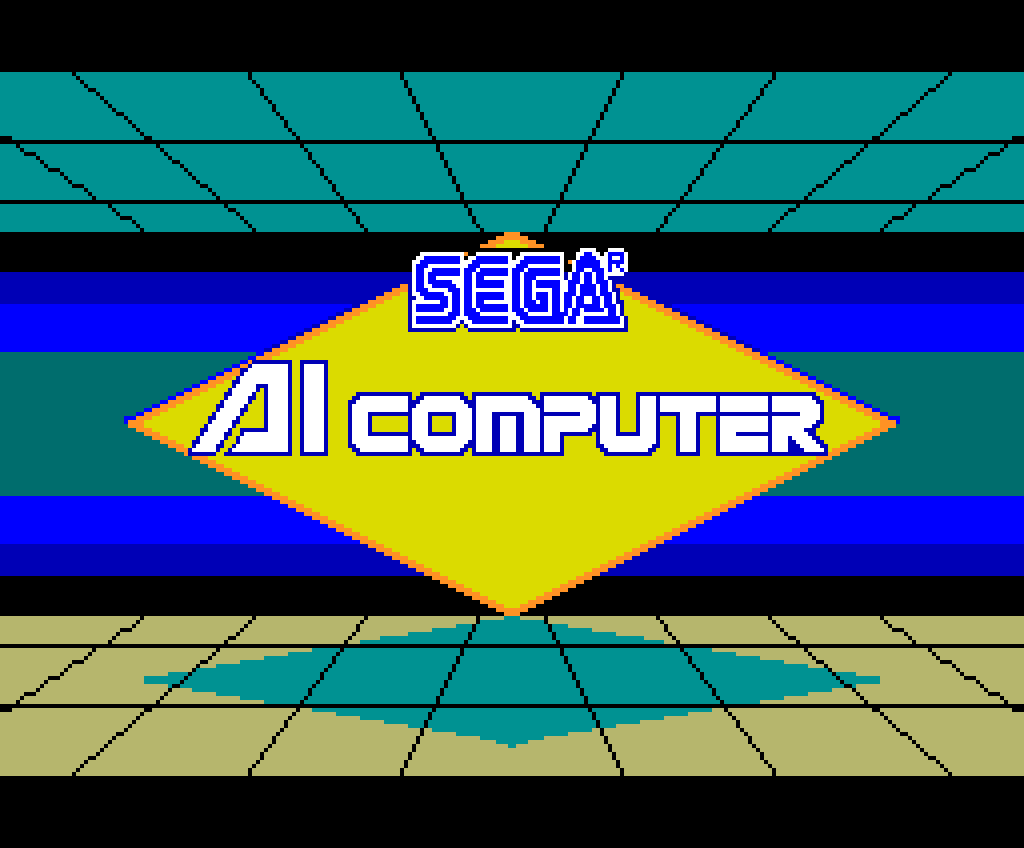Selfhosted
A place to share alternatives to popular online services that can be self-hosted without giving up privacy or locking you into a service you don't control.
Rules:
-
Be civil: we're here to support and learn from one another. Insults won't be tolerated. Flame wars are frowned upon.
-
No spam posting.
-
Posts have to be centered around self-hosting. There are other communities for discussing hardware or home computing. If it's not obvious why your post topic revolves around selfhosting, please include details to make it clear.
-
Don't duplicate the full text of your blog or github here. Just post the link for folks to click.
-
Submission headline should match the article title (don’t cherry-pick information from the title to fit your agenda).
-
No trolling.
Resources:
- selfh.st Newsletter and index of selfhosted software and apps
- awesome-selfhosted software
- awesome-sysadmin resources
- Self-Hosted Podcast from Jupiter Broadcasting
Any issues on the community? Report it using the report flag.
Questions? DM the mods!
view the rest of the comments

Also VirtualBox.
They're obviously looking for a type 1 hypervisor like Esxi. A type 2 hypervisor like virtualbox does not fit the bill.
What is the difference between type 1 & 2 please ?
Type 1 runs on bare metal. You install it directly onto server hardware. Type 2 is an application (not an OS) lives inside an OS, regardless of whether that OS is a guest or a host, the hypervisor is a guest of that platform, and the VMs inside it are guests of that hypervisor.
Thank you
The previous comment is an excellent summary. It is worth noting that there are some type 1 hypervisors that can look like type 2s. Specifically, KVM in Linux (which sometimes gets referred to as Virt-manager, Virtual Machine Manager, or VMM, after the program typically used to manage it) and Hyper-V in Windows.
These get mistaken for type 2 hypervisors because they run inside of your normal OS, rather than being a dedicated platform that you install in place of it. But the key here is that the hypervisor itself (that is, the software that actually runs the VM) is directly integrated into the underlying operating system. You were installing a hypervisor OS the whole time, you just didn't realise it.
The reason this matters is that type 1 hypervisors can operate at the kernel level, meaning they can directly manage resources like your memory, CPU and graphics. Type 2 hypervisors have to queue with all the other pleb software to request access to these resources from the OS. This means that type 1 hypervisors will generally offer better performance.
With hypervisor platforms like Proxmox, Esxi, Hyper-V server core, or XCP-NG, what you get is a type 1 hypervisor with an absolutely minimal OS built around it. Basically, just enough software to the job of running VMs, and nothing else. Like a drag racer.